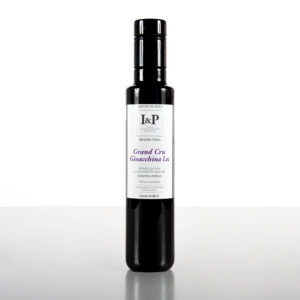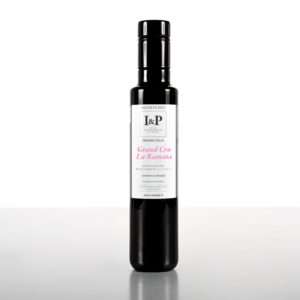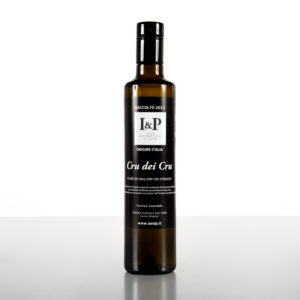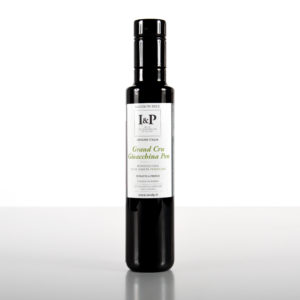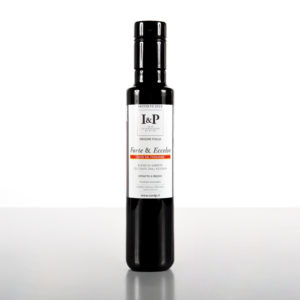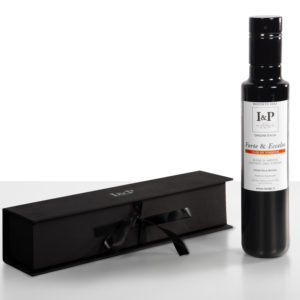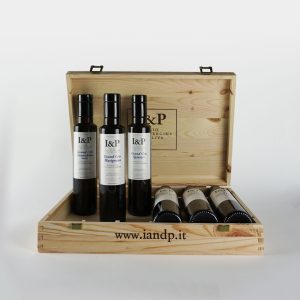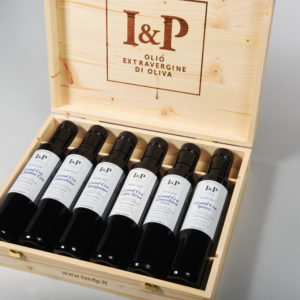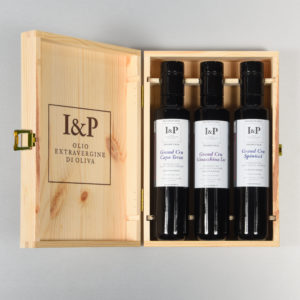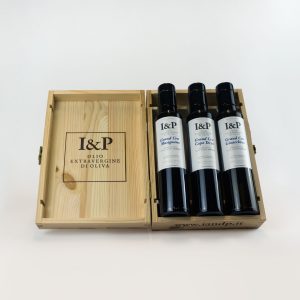KNOWING & APPRECIATING
TO KNOW AND APPRECIATE A TRUE EXTRA VIRGIN OLIVE OIL
The life of a good extra virgin olive oil is marked by very specific times and methods (harvesting, processing, conservation, service and consumption), better to know the good practices that govern them, in order to rightly appreciate it and highlight its real value.
 Without prejudice to the fact that each territory has its own cultivation traditions that lead to different pruning (globe, inverted cone, etc.) and that in any case the olive tree does not like soils that are too wet or fertile, but rather rocky and rich in skeleton. Nonetheless, the factor to focus on when visiting an olive grove is that no chemical weeding has been practiced, with the related zeroing of the vegetative on the ground. Such clean soil may make the work easier, but pollution of the plants is a sure thing. The rule of harvesting is that it should be done directly from the tree (never from the ground), the olives should be healthy and in the ripening stage (veraison) not yet complete, only perforated boxes of max 25 kg should be used (never sacks or bins). Transport must take place respecting the integrity of the fruit and very quickly lead the olives to pressing, which must be done within 24 after harvesting.
Without prejudice to the fact that each territory has its own cultivation traditions that lead to different pruning (globe, inverted cone, etc.) and that in any case the olive tree does not like soils that are too wet or fertile, but rather rocky and rich in skeleton. Nonetheless, the factor to focus on when visiting an olive grove is that no chemical weeding has been practiced, with the related zeroing of the vegetative on the ground. Such clean soil may make the work easier, but pollution of the plants is a sure thing. The rule of harvesting is that it should be done directly from the tree (never from the ground), the olives should be healthy and in the ripening stage (veraison) not yet complete, only perforated boxes of max 25 kg should be used (never sacks or bins). Transport must take place respecting the integrity of the fruit and very quickly lead the olives to pressing, which must be done within 24 after harvesting.
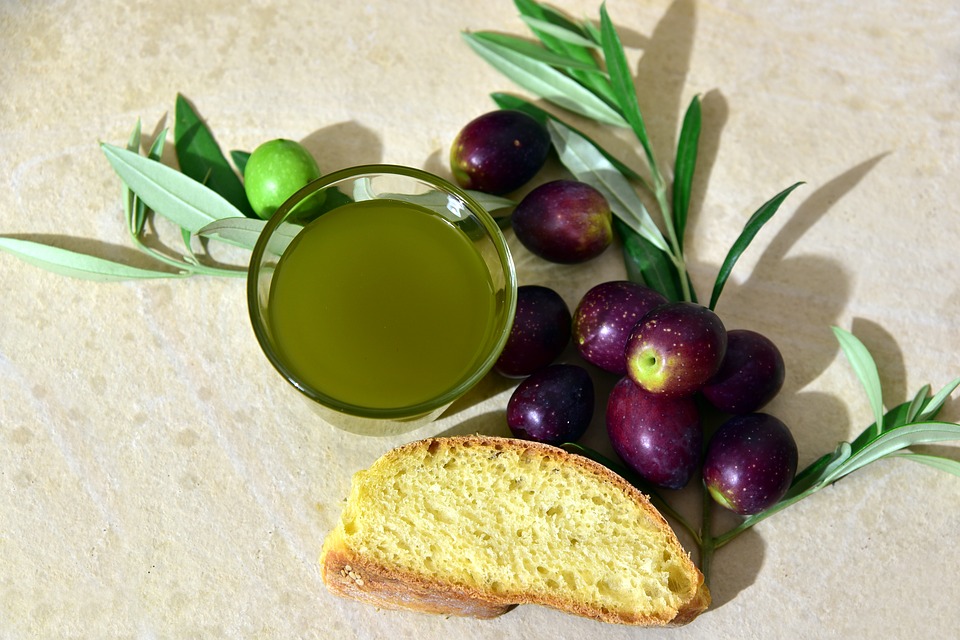
ITALIAN EXTRA VIRGIN OLIVE OIL PRODUCTION CHAIN
These attentions are not the result of recent studies but were already clearly indicated in some writings of ancient origin (Pliny, Cato, Columella) and give evidence of the intact value of the natural olive oil chain. This appears even more valid in the processing that simply is called to extract the oil already present in the pulp fibers (vacuoles), freeing it from solid residues and water. It is worth remembering here that we are in fact talking about the only oil obtained from the pulp and not from seeds, and that legislation has sought to enshrine this value by imposing a clear wording on the packaging of every extra virgin olive oil: “Superior category olive oil obtained directly from olives and solely by mechanical processes.” After defoliation and washing, the crops are sent for pressing, an action by which they are reduced to a more or less coarse or homogeneous paste.
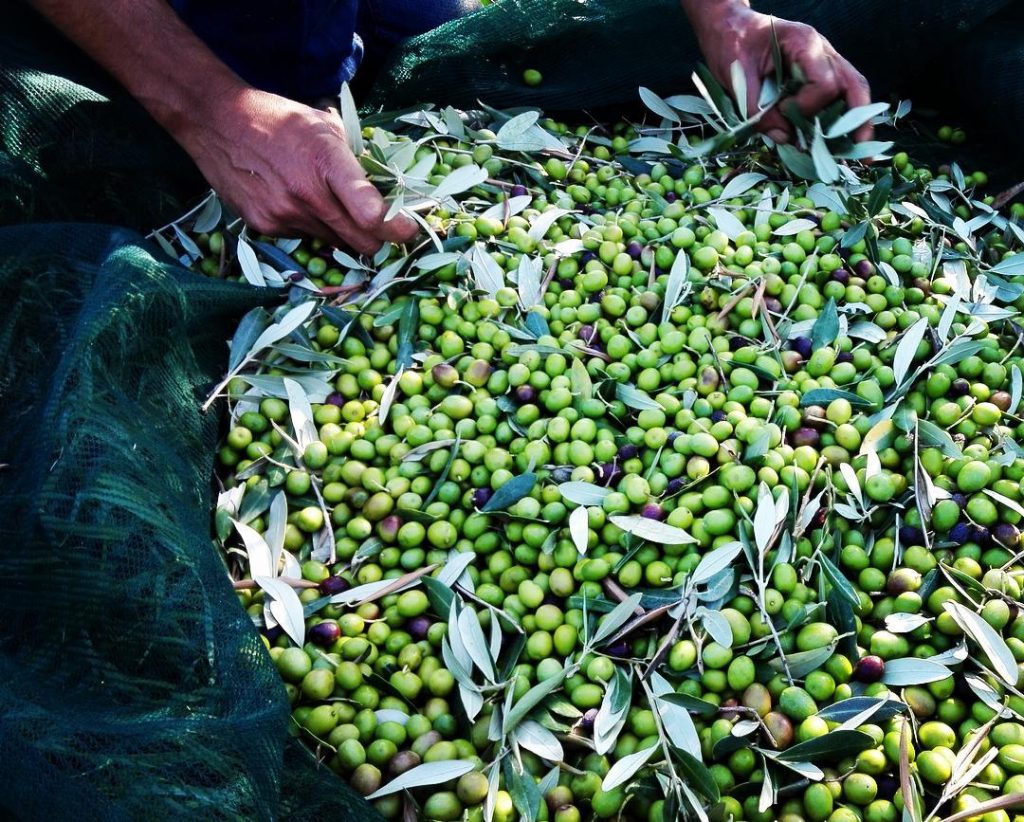
MILLS, PASTE, EXTRACTION OF OLIVE OIL
The traditional use of typical mullers (granite wheels) remains valid if well conducted, although it is now increasingly giving way to mechanical crushers (disc or hammer), which are easier to handle and adjust. The olive paste is then passed into horizontal cylindrical containers (kneading machines), equipped with an internal mechanical arm that gradually stirs it until it is in the best condition to release the oil and improve the yield, but it must be carried out with great care to avoid temperatures above 27°c and dangerous oxidation.
Naturally, in the best mills today’s crushers are equipped with thermometers, connected to a control panel that detect the levels reached allowing optimal processing.
The fundamental next step is extraction, which is, separation from the vegetation water and the pomace (the mass of solid residue), which will then be sent for industrial refining. The ancient method by pressure has now revealed its advantages (varietal imprint, phenolic richness) and its limitations (risks of fermentation and oxidation, high time and cost, lower aromatic freshness). The paste is poured onto disks perforated in the center (fiscoli) that are woven of synthetic fiber (now rarely made of natural fiber), creating a layer of a few centimeters. As they are gradually stacked in a perforated steel pole attached to a wheeled base, a perforated steel disk is placed every 5 fiscoli (usually, to improve stability and extraction), then the ‘tower’ is moved to the pneumatic press, where it will be subjected to a state of progressive crushing, in which it will remain for about 30 minutes. Under these conditions, an oily must is expelled, which will end up in the collection tank below and from there to the final separation centrifuge that will separate the extra virgin olive oil from the watery part.
The solid parts remained imprisoned in the fiscoli, which, once the ‘tower’ is disassembled, will then be freed of the pomace, and prepared for a new loading.
To achieve separation by centrifugation, the gram paste is first fluidized with water and then placed in the decanter; a large horizontal centrifugal separator. The water should not exceed 27°c in order to enhance the components of the oil, balancing the yield, and allowing the label ‘cold extracted’. However, from recent applied academic studies it has been found that up to 31°c no significant decay processes are triggered, while from 40°c the aim is to obtain the maximum yield with sure deterioration of the product already immediately.
The decanter expels separately: the vegetation water, which will be collected and sent for purification and subsequent irrigation uses. The pomace; to be sent to processing and disposal facilities, and the oil. The latter will undergo a further final step in the vertical separation centrifuge, which will also discard any remaining residues.
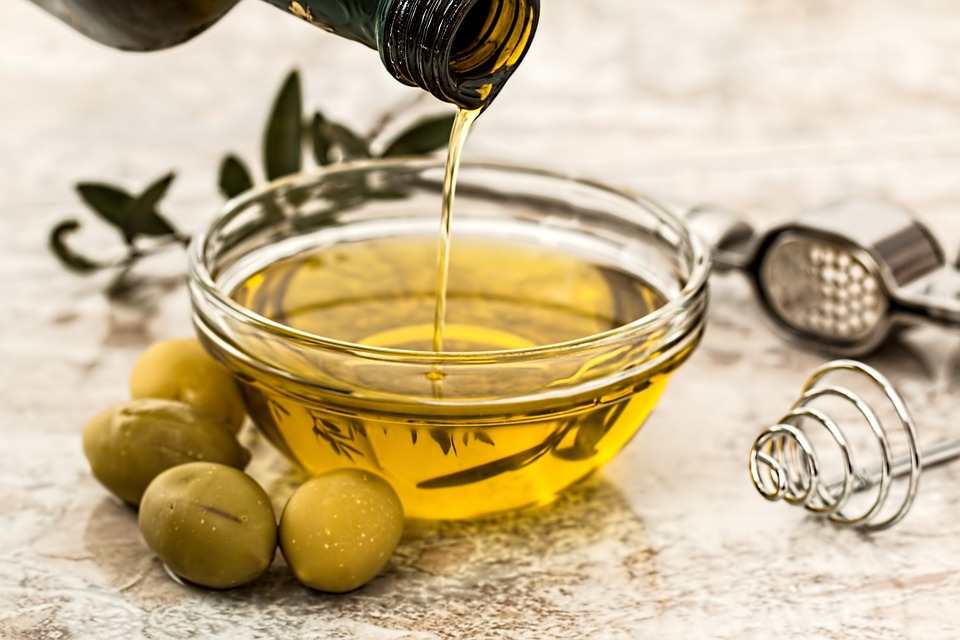
Modern production of EVOO
Nowadays, the modern ‘continuous-cycle’ method is predominantly used and compulsory for the certification of oils from organic farming and allows the entire operation to be carried out seamlessly, from mechanical pressing to separation by centrifugation, with obvious advantages of operational speed and maximum cleanliness. Even the delicate phase of oil preservation must follow some fundamental rules, aimed at protecting it from the risks related to its nature as a fat, for example: oxidation or assimilation of unpleasant and unpleasant smells, as well as the possible influence of light and temperatures.
OIL STORAGE
The oil does not improve over time but can remain excellent in glass or steel containers that are always clean, dark or placed away from direct light sources and remain in cool and stable temperature environments (12-15°c) in which or other odors (chemical, combustible) or penetrating (onions, mold) do not coexist. An oil that is cloudy, if not bottled quickly, will need to be decanted periodically (at least every 4 months), to prevent it from taking on the fermentative odor of storage. If the low temperature will lead the oil to ‘freeze’ its antioxidant value and storage capacity will be permanently compromised. Among the most up-to-date producers, it is increasingly common to use temperature-controlled steel vats (similar to oenological ones), saturated with nitrogen, to preserve the extra virgin from oxidative contact and thus be able to offer a product that is always fragrant and intact.
text edited by Stefano Asaro


